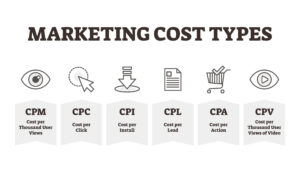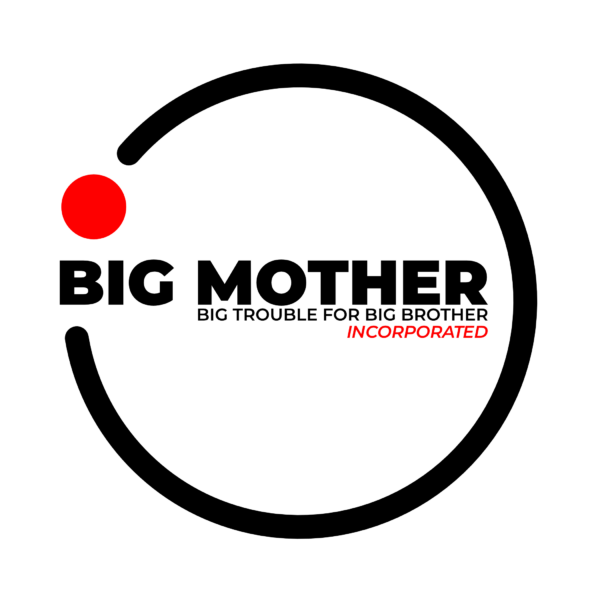Decentralized Autonomous Media Networks

PiP is a new type of blogging platform from Big Mother which introduces a new type of “decentralized audience reach” for content distribution previously unavailable on the world wide web.
PiP decentralizes the publication process of a single content article.
Instead of a content article being published on a central website, PiP as decentralized distribution can be published anywhere on the web simultaneously.
Where on the world wide web would you like your PiP page to be published?
And from here is where PiP is different from other platforms such as WordPress or Twitter, because on our service, you can choose where your PiP page will be viewed through a selection of websites or apps in our network, even WordPress!
What does that mean?
 It means that any website or mobile app that integrates with PiP has a decentralized “private internet channel” that exists in between all of their pages on their centralized web server, and it is in between all of these pages that your PiP page exists.
It means that any website or mobile app that integrates with PiP has a decentralized “private internet channel” that exists in between all of their pages on their centralized web server, and it is in between all of these pages that your PiP page exists.
Your PiP page is discovered by that website or app’s audience as they are clicking through that website.
Their audience is now your audience, the second you hit “publish”.

Indeed, the PiP page that you created even has that website’s branding and header, it simply looks like a content page, yet a PiP page is simply served differently on the web than all other content platforms, a PiP page is interwoven with pre-existing channels and audiences.
These decentralized channels are private, meaning there are no cookies that are being dropped nor are any tracking services able to access them, no search indexing spiders.
Because they are private and decentralized, it is up to the website/app creator and publisher, and you, the author of the PiP Page, to decide what kind of content is created and distributed.
PiP as a platform is decentralized between the page author/”demand” side, and the PiP page provider, the website or app, or the “supply” side.
A centralized blogging platforms can be interwoven with decentralized private networks with PiP

The “supply” side of the PiP ecosystem provides the distribution to the audience on the web.
The size of the internet audience is the potential size of the PiP Decentralized Content Network.
PiP has the ability to become an entirely private “internet inside of an internet”, completely off the grid of big tech.
All centralized websites and apps can simultaneously broadcast a decentralized private channel on their platform.
For example, TechNews
TechCrunch has 14M monthly readers.
Their mobile audience is likely close to 80% of that audience size, roughly 9M monthly mobile readers. 
If you and TechCrunch have a relationship, your PiP page will have 9M readers. 9M people on TechCrunch will see your PiP page, full screen, for a minimum of five seconds.
What this means is if you were to write an article as the PiP creator, and “TechCrunch” was a web publisher who integrates with PiP, your PiP page would be viewed by the entire audience of tech crunch.
As a matter of fact, your PiP article would be seen more on Tech Crunch than any other TechCrunch article, likely 99 times higher!
Likely each TechCrunch article on average reaches perhaps only 100,000 readers in one month, except for TechCrunch’s PiP channel, which offers 100% audience reach.
Only PiP has this technology and unique server. It is not possible to distribute content on the mobile web within current architecture that is integrated on the mobile web nor mobile app.
PiP Sponsored Content Channels for Monetization
 Sponsored Content drives 88% of the revenue for website publishers, and is estimated to be a $23B a year industry in the US alone.
Sponsored Content drives 88% of the revenue for website publishers, and is estimated to be a $23B a year industry in the US alone.
While PiP has potentially dozens of media products, we expect to be a dominant player in this market simply because we have a product that is more premium, totally private, and less expensive than what the market currently has to offer.
While PiP is a new type of blogging platform, it easily doubles as a dynamic premium Sponsored Content engine that solves heaps of problems facing ad tech and media marketplaces.
This is how PiP can earn revenue for writers, publishers, agencies, and even the audience. 
PiP’s sophisticated new monetization tools for websites and apps that pay so much more than Google or ad tech offers, while simultaneously costing brands and advertisers so much less than they currently pay with Google and Facebook.
This creates a tracking free, data free, totally private monetization marketplace that can offer more to websites and apps than what they are currently getting from Big Tech, and all decentralized.
Private Content Networks
If we aggregate types of websites into a collection, for example, all top websites and all top apps that have “crypto and web3” audiences, we have a “Private Content Network” that has a specific contextual vertical. 
This vertical is its own ecosystem, its own audience, and its own decentralized autonomous media PiP network.
DAMN Crypto News Marketplace for Sponsored PiP.
Big Mother is initiating our first content ecosystem now, launching DAMN Media Network for web3 and crypto.
“Decentralized Autonomous Media Networks” or DAMN will pilot the first decentralized content marketplace for web3 and crypto audiences, starting now.
Our target is Crypto and Web3 content sites for mobile web and mobile app as shown on our internal site list.
Focusing on simply the vertical “NEWS” to begin, we can see on our site list that the top Crypto News publishers have a monthly audience around 61M, sixty one million monthly users in total.
All of these publishers already run “sponsored content” advertising modules which are integrated into Google’s standardization and mediation platforms. Yuck.
Our plan is to pay them to use something better, PiP.
Through the BAE “Bootstrapping Arts and Engineering” marketplace, our community is raising funds to pay each individual web publisher to run a PiP Sponsored Content Page on their platform, promoting our community content.
To run the campaign, the publisher integrates with PiP first, which is fairly easy and in many cases will take less than 60 seconds.
Upon integration we have a supply adoption partner in our Decentralized Autonomous Media Network.
Voilà.
Network integration and the publishers get paid to integrate with PiP.
Big Mother is the sponsor, and our sponsored message is our community message.
Come participate with us!
